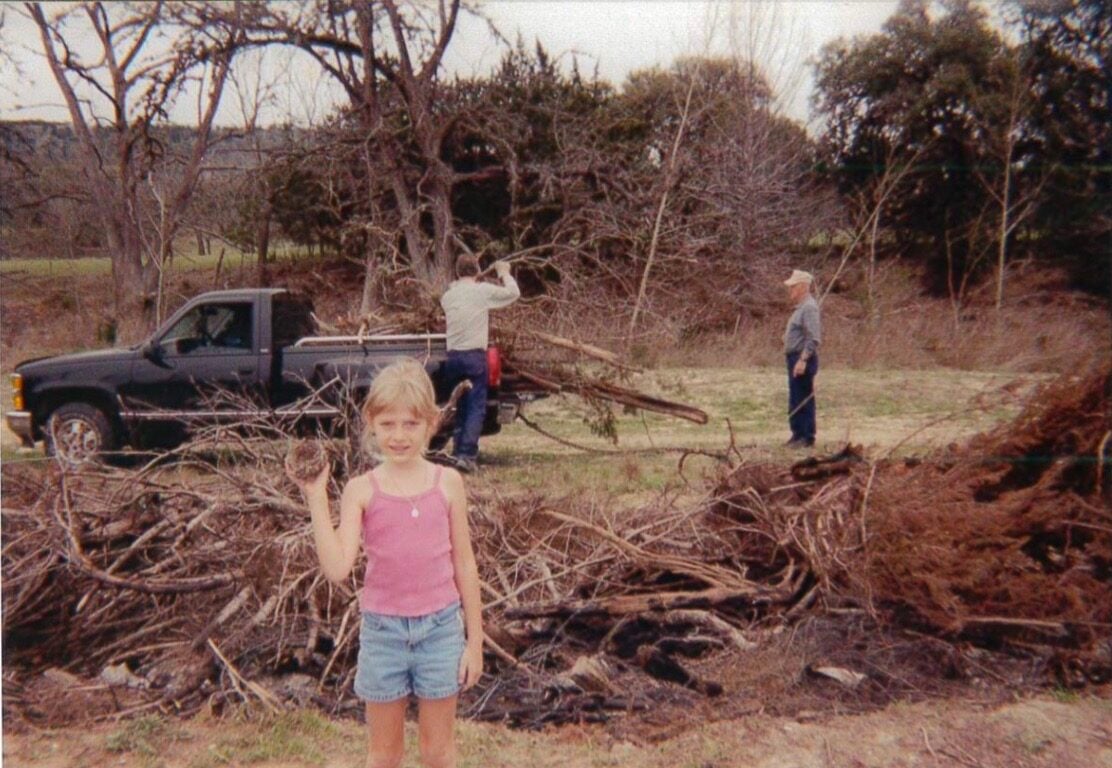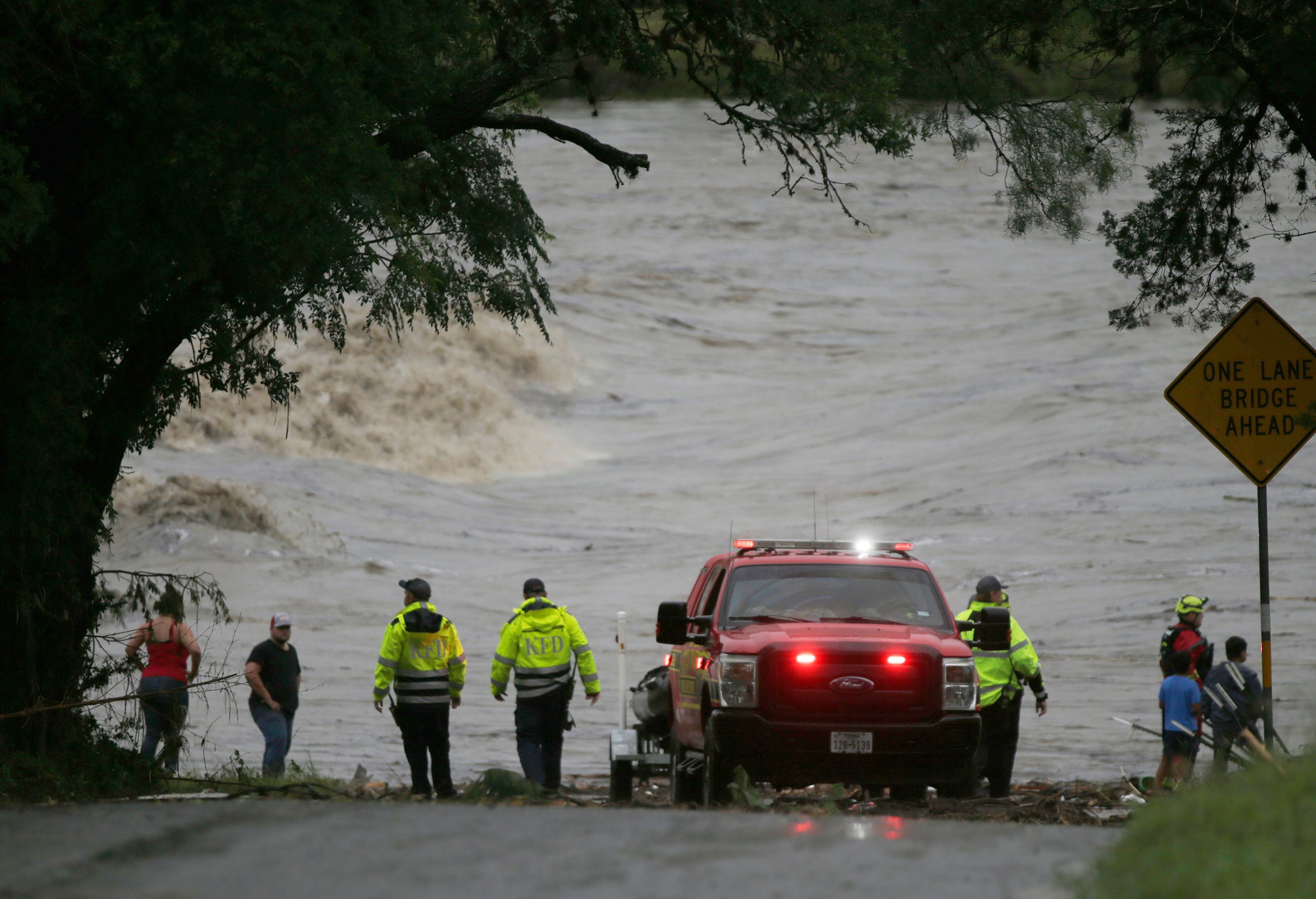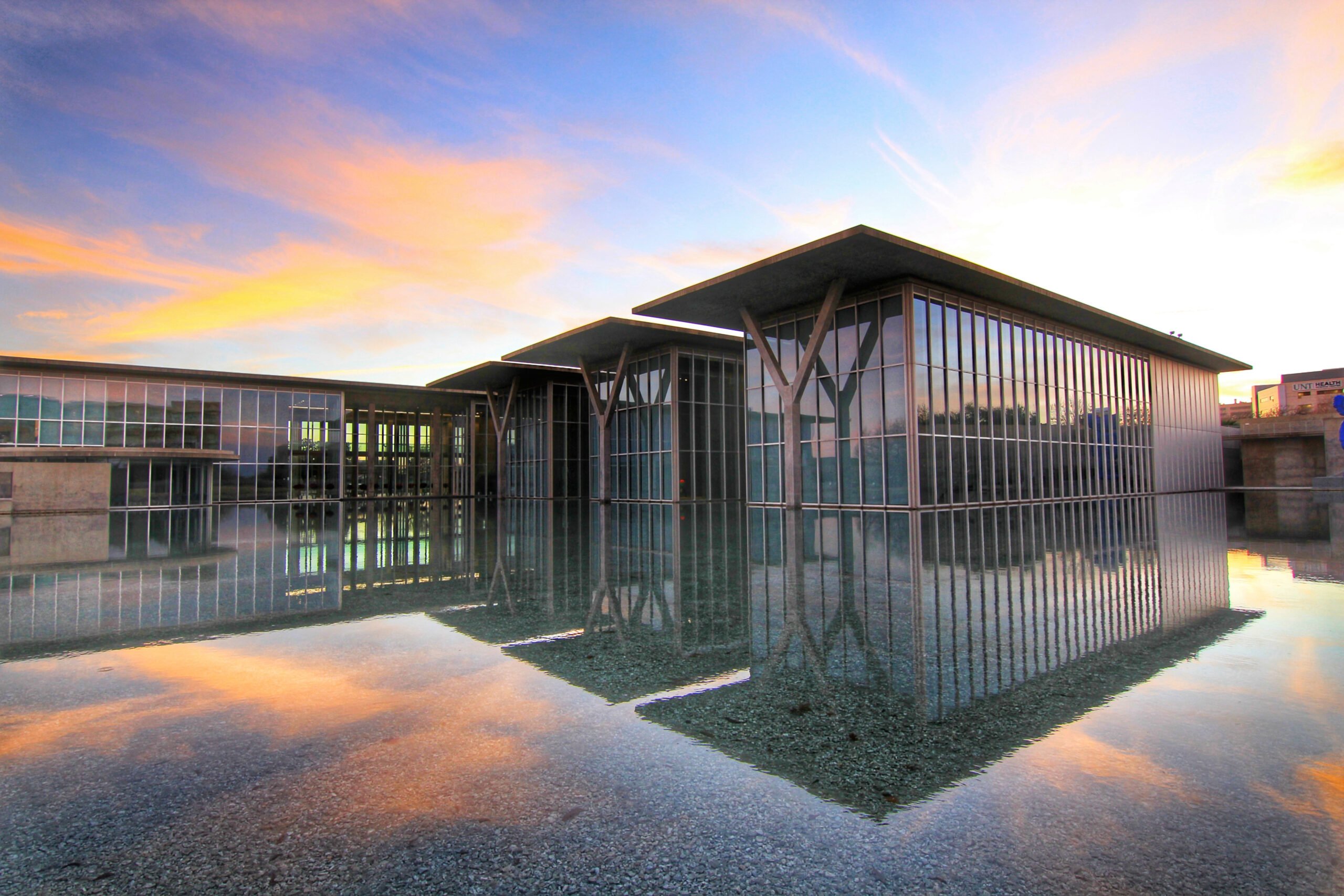ustxtxb_obs_1974_06_21_50_00003-00000_000.pdf
Page 23
Fairfield stripping worn-out cotton patches, flat and streamless, with clay near the surface. The oncoming strip-mining areas in East Texas at Blundell Creek, near Mt. Pleasant, and Martin Creek, northeast of Henderson, and a new project near Athens, are hilly and well-wooded. Martin Creek flows through a beautiful pine-hardwood forest, with trees up to ten feet in circumference, standing on sandy-loam slopes which sometimes exceed 20 degrees. Strip-mining of such slopes is ruinous beyond repair, both to the surface and underground aquifers. Unless our government moves fast, more and more lands of various productive values will be ruined. Utility companies already have acquired additional areas, and still have a lot of room for expansion. Strippable lignite reserves lie beneath several Texas vegetational systems, mainly high quality agricultural and forested areas. The reserves range from the semi-tropical brushland of the Rio Grande Valley to the mixed pine-oak-hickory forest near the Red River. What TUS can get away with at Fairfield does not indicate the damage that they and other companies can wreak at other sites. The T US consortium has an environmentalist at Fairfield. They are not planning to have one at Blundell and Martin Creeks, although they have made environmental studies in advance at Blundell Creek, to show the ecological and archaeological values that are going to be ruined. TUS services some of its strip-mining under the name, Industrial Generating Company. This entity has already stripped a big hunk of lignite at Rockdale, Milam County, without reclaiming enough land for a football field. That operation fuels an ALCOA plant. EVEN IF Fairfield were a typical example of Texas strip-mining, it could not stand a look by eyes that are anywhere near as glinty as the lignite exposed there. At great expense, by repeated fertilizing, cultivating and reseeding, the power companies have started some grass and clover growing on the stripped and re-filled land. They show that acreage to numerous invited visitors. Almost everybody falls for it, including news reporters and politicians. Very few guests ask to walk beyond the plot to see the rest of the refilled area, where the vegetation resembles that on the moon. When one visitor said he’d like to walk down a ways, the ever-present power company guide told him that some trucks were in the way, and there wasn’t time to work out such an excursion. The power company claims that 400 acres have been reclaimed, but when I flew Ned Fritz is a chairman of the Texas Committee on Natural .Resources. low over the area, I observed that only small plots had visible plant life. Recent observations by others on the ground confirm that a majority of the refilled area is barren. How big is that majority? The power company has not let outsiders check it out. On Feb. 18, I wrote to Perry G. Brittain, president of Texas Utilities Service, Inc., a big booster of the Fairfield operation, requesting among other things, an opportunity to make such an inspection. To date, I have received no reply. TUS has a fence and “Danger” signs all around the boundary of the strip-mining area, but one day I approached it at a remote spot, climbed the fence, and inspected part of the area without the constraints of a power company guide. The part which I saw was mostly barren, although a few weeds were growing on mounds where clay was piled alongside a deep trench. If TUS will not spend enough money to reclaim all of its showcase project, how can the public believe that it will spend enough to reclaim its other projects where not even guided tours are given? The Fairfield operation is a revival of Potemkin Village. In the reign of Catherine the Great, one of her lovers conducted her In the trench through his part of the Russian countryside. In advance, to make it look prosperous, Potemkin had spruced up the dilapidated buildings of the only town on the route. The queen was impressed, and stuck with him longer than with any of her other lovers. Since those times, many smart salesmen have profited by that example. Snow-minded strip-mine operators have set up showcase strips in Colorado, Georgia, Pennsylvania, Tennessee, West Virginia and Wyoming. Now we have one in Texas. And so far, Texans have fallen for it as if the trick had never been tried elsewhere. EVEN IF operators poured as much money into reclamation at other strip-mines as they do at Fairfield, our lands would still suffer heavy damages, because when using heavy equipment, no one can save the thin layer of topsoil which is the key to fertility. Each gouge shovels up a terrible gunk of sterile clay, sand or shale, in which soil is lost like gold dust scattered in the desert wind. After the lignite is stripped, the machines dump the gunk back in the fills. Decades pass before fertile soil forms again. In this area nature may take a hundred years to replace an inch of topsoil. When the operators apply fertilizer, reseed and maintain the gunk, they run the cost up to or beyond the cost of deep mining. Environmentalists prefer deep mining because it saves the soil. Utility executives in Texas say that deep mining is too expensive, but they are unwilling to furnish cost analyses to me or other researchers. Texas Utilities System has even refused to give figures on the cost of reclaiming their window-dressed field of clover at Fairfield. In answer to direct inquiries, the power consortium replies that the cost is “figured in the overall cost of operation.” In other states, environmentalists have been able to obtain cost estimates on model reclamation $700 to $1,400 per acre. This runs the cost above the cost of deep-mining. Obviously, the operators cannot afford to do this on all their strips. They use the showcase area to appease the public, so that citizens will not demand strict regulation of all strip-mining. Strip-mining is harmful to the water, as well as the soil. Here is how the pollution occurs. As the giant earth-scooper digs down 75 to 150 feet to where the lignite lies, the overburden is dumped in high mounds for weeks or months. From a distance, these mounds look like a mountain range. Both the lignite and the next layer above it contain sulfur, mainly in the form of pyrites. When pyrites are exposed to air, they are generally oxidized, producing sulfates. When these sulfates come in contact with water, they become sulfuric acid_. Each rain hits the mounds and leaches some of the chemicals down into the streams. As to the main layer of lignite in the bottom of the trench, the earth-scooper puts it into trucks which haul it away. But then the machines shove all the lignite scrapings, overburden and tiny bit of topsoil back into the trench in a conglomerate mess, Much of the pyrite is left at or near the surface, where it is oxidized. The oxidation products causing the acid are flushed from the soil during the first 10 or 20 minutes of each hard rain, and are washed into the streams. After a while, they are diluted, but by that time, the various forms of animal life in the streams, including fish, have suffered heavy losses. Other sulfates are leached down through the fractured layers into the aquifers, where they form the fatal acids June 21, 1974 3


